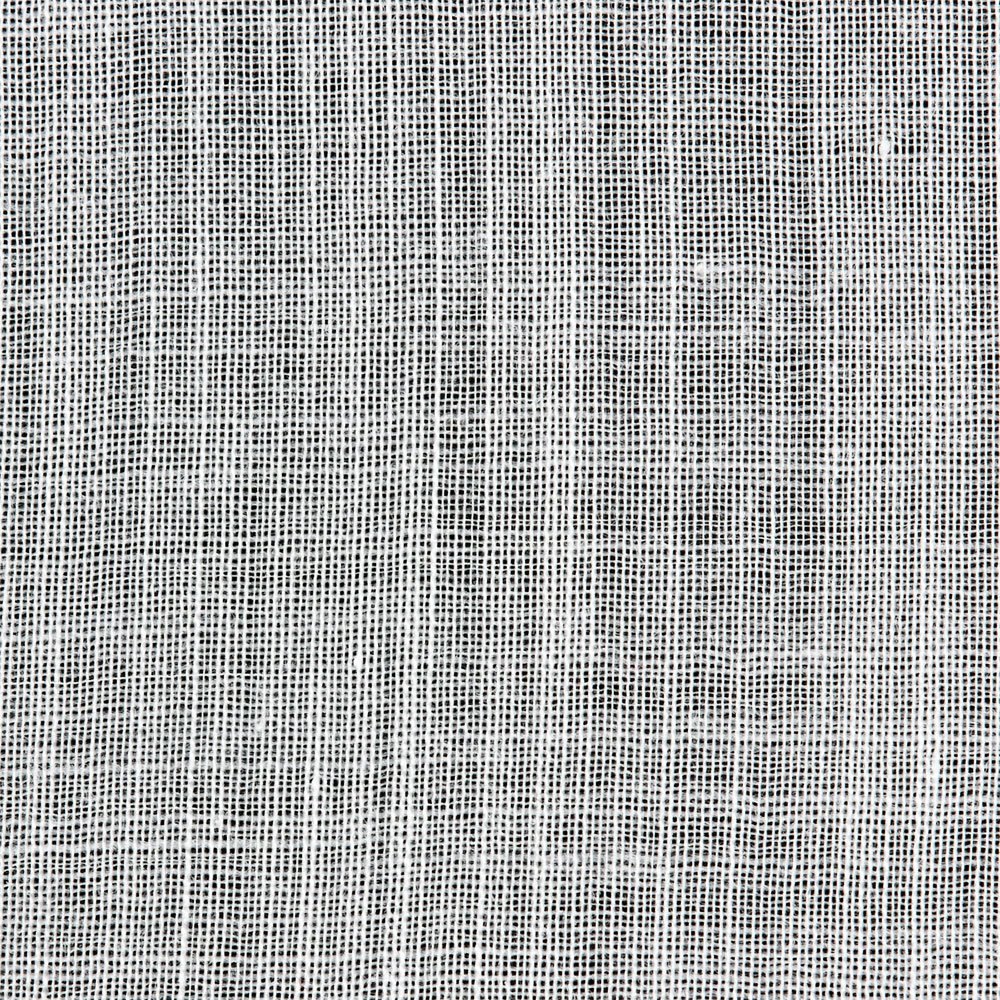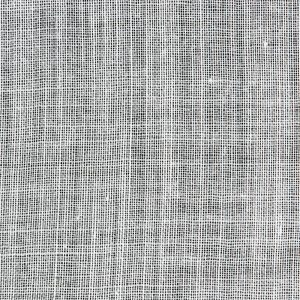Named for Jean Baptiste, a French weaver of the 13th century who wove fine linen cloth, batiste is now most commonly made of cotton or a cotton/polyester blend, The fabric is light and sheer, with lengthwise streaks. It is a balanced plain weave. When cotton is used, the soft, limp fabric is often mercerized to bolster its luster and strength. The fabric is often white, pale solids or delicate prints.
There are also wool, silk and rayon batistes.
Uses: Blouses, shirts, nightwear, infant clothing, lingerie, handkerchiefs and dresses

